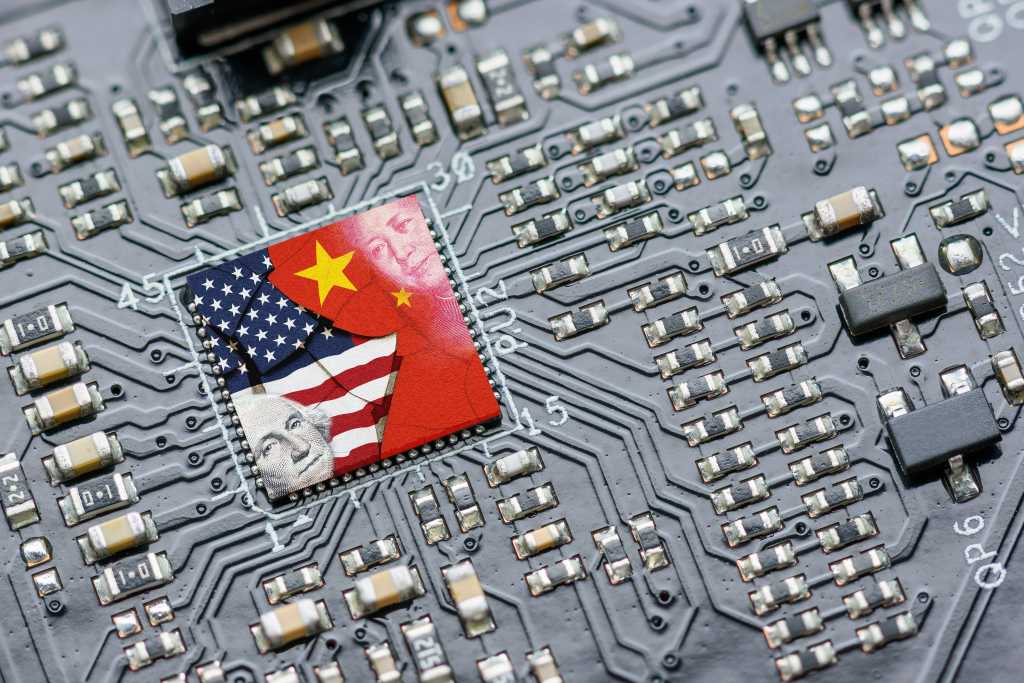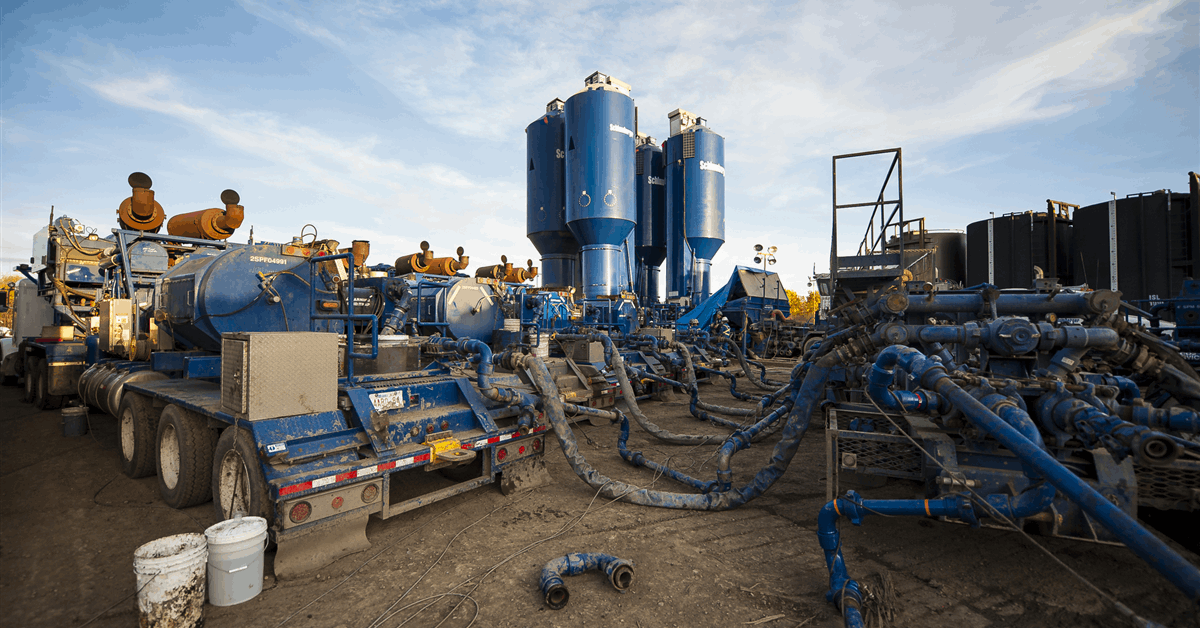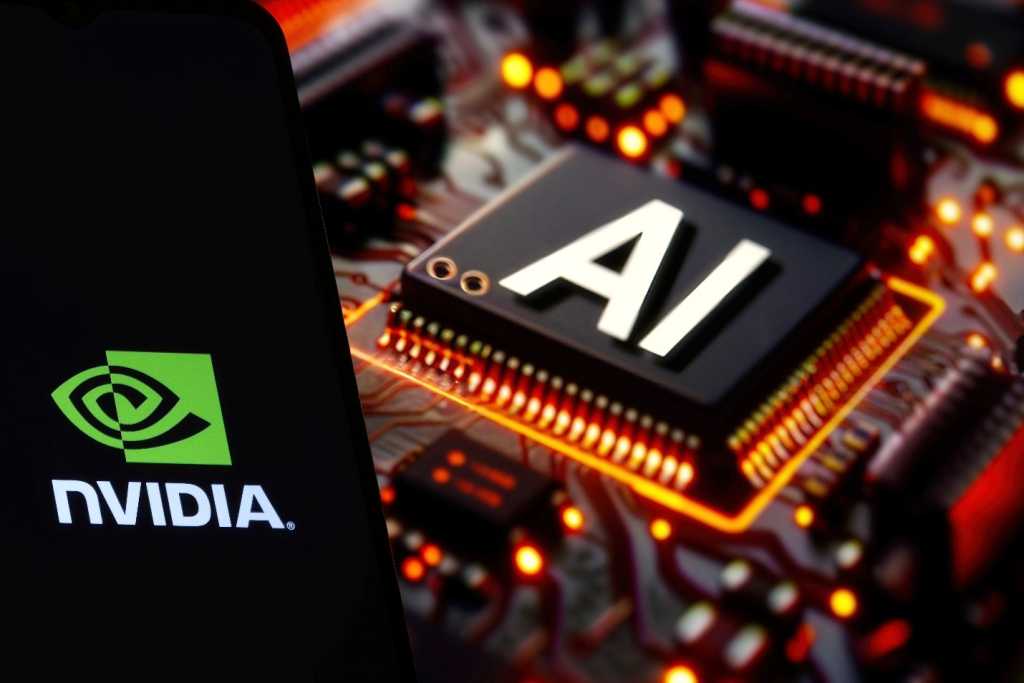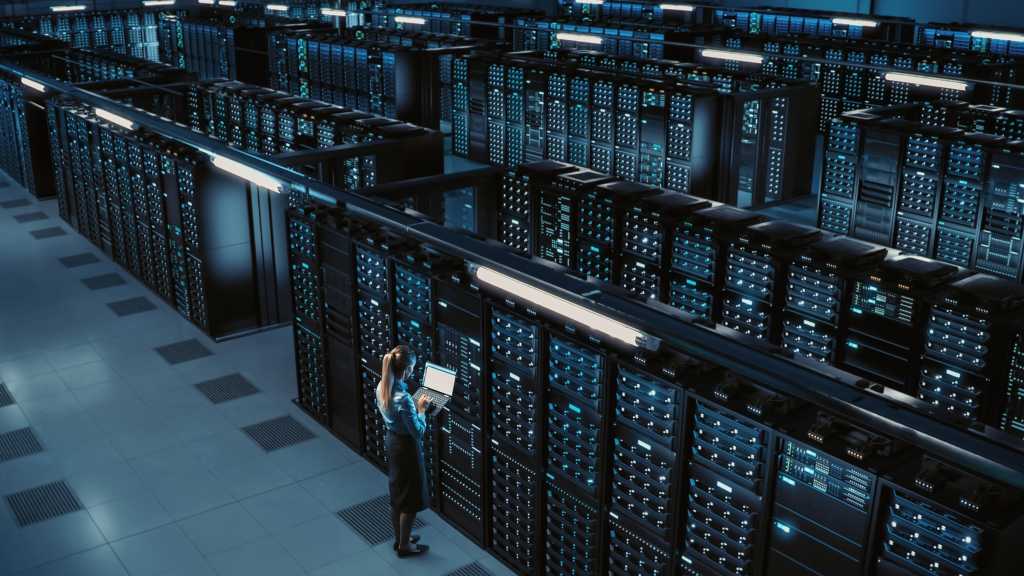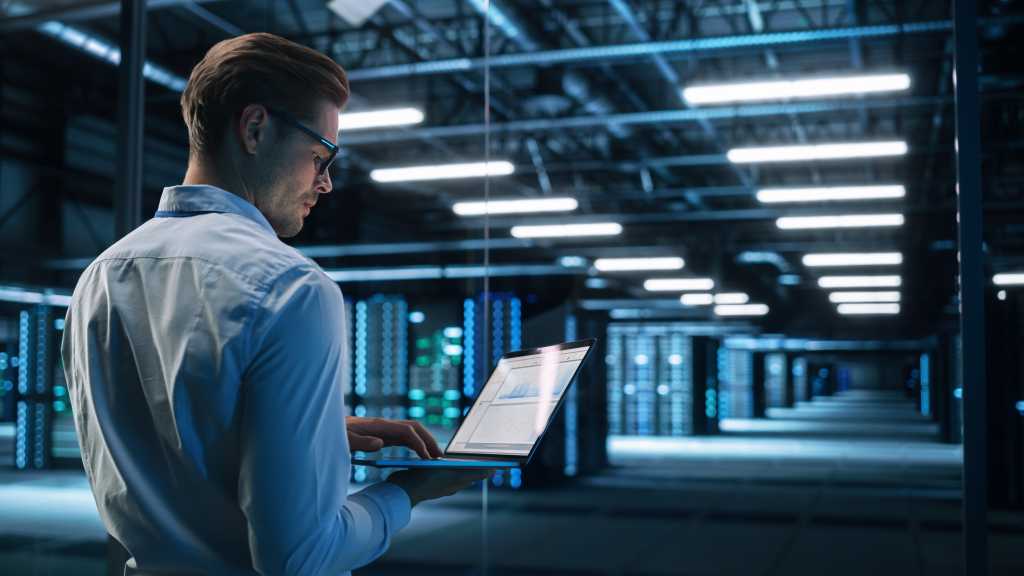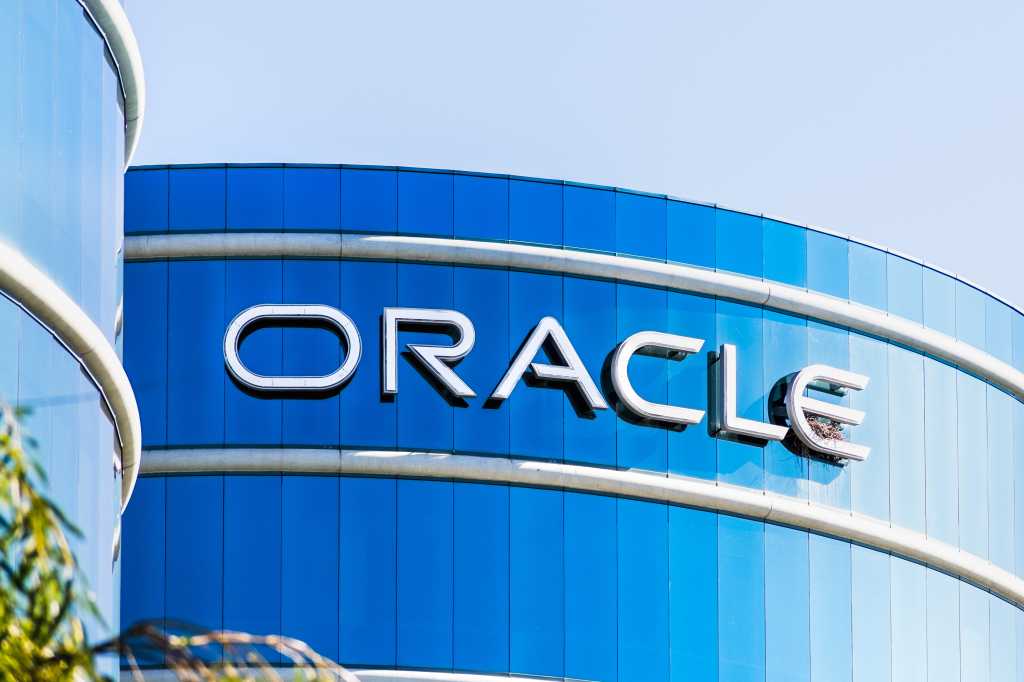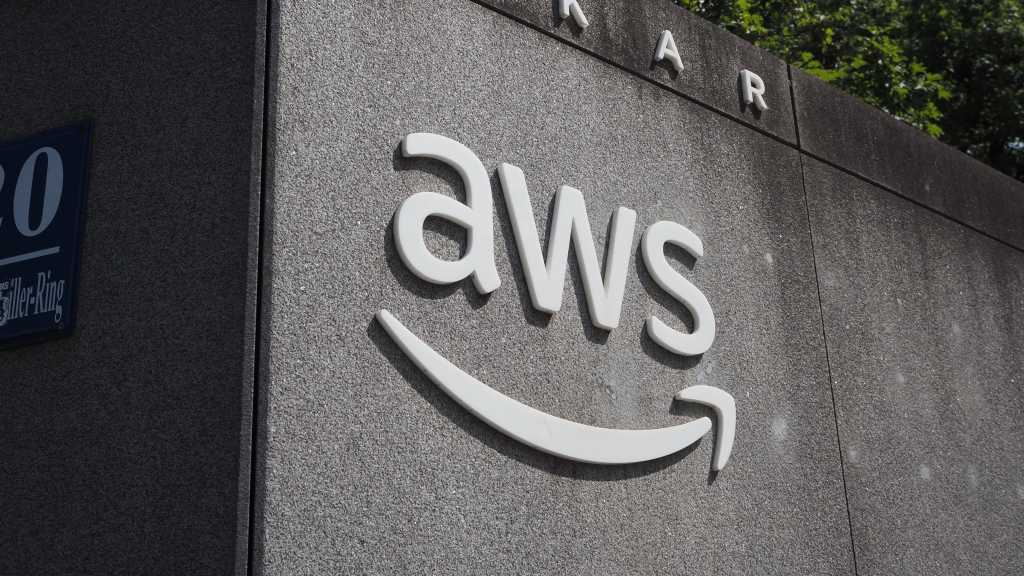
“Price cuts on P4d, P4de, P5, and P5en GPU instances suggest a targeted price competition move. These instances, powered by Nvidia A100 and H100-class GPUs, are central to generative AI workloads and already in demand,” said Kaustubh K, practice director at Everest Group.
“The reductions can be considered all about removing cost friction for AI buyers and positioning AWS more aggressively against Microsoft Azure and Google Cloud in the high-performance compute space. This is designed to drive scale, increase stickiness, and secure long-term infrastructure loyalty among enterprise AI teams,” Kaustubh added.
Discounts across most plans
According to AWS, the price reduction is based on the instance type and the purchase plan opted for by customers.
For P4d instances, On-Demand purchases will see a decrease of 33% in costs. When the same instance is purchased via the Savings Plan, enterprises will see a 31% decrease in costs for both Savings Plan options for a one-year period.
For three-year periods, costs on P4d on the Instance Savings Plan will decrease by 25%. The Compute Savings plan is not available for the same period.
P4de instances get the same reduction as P4d instances across all plans.
For P5 and P5en instances, AWS has reduced prices by 44% and 25%, respectively, under the On-demand plan.
On the Instance Savings Plan, both instances are not seeing any reduction, at least for one-year packs under the Instance Savings Plan.
For three three-year periods under the Instance Savings Plan, P5 and P5en prices have been reduced by 45% and 26% respectively.

